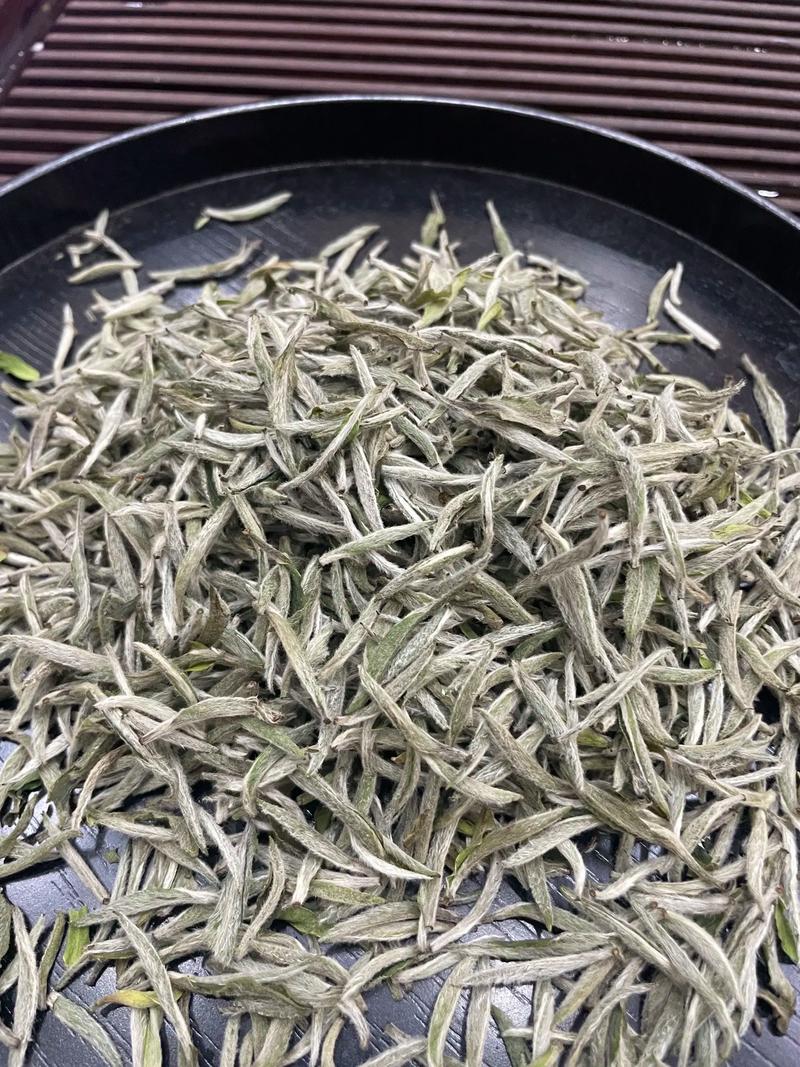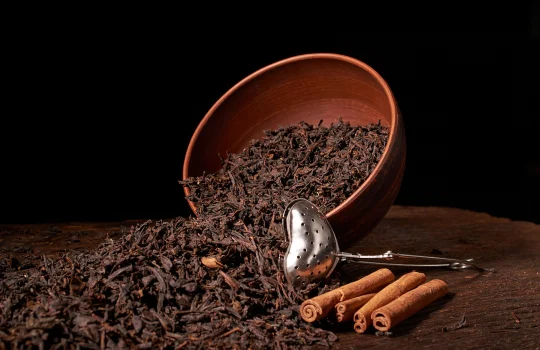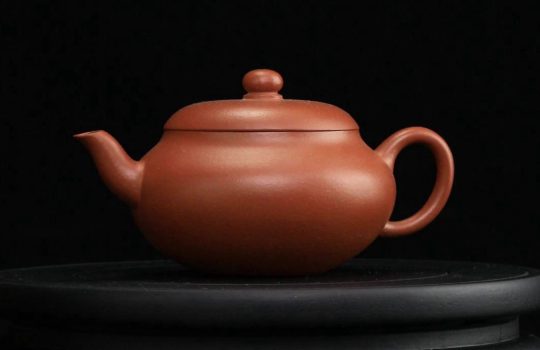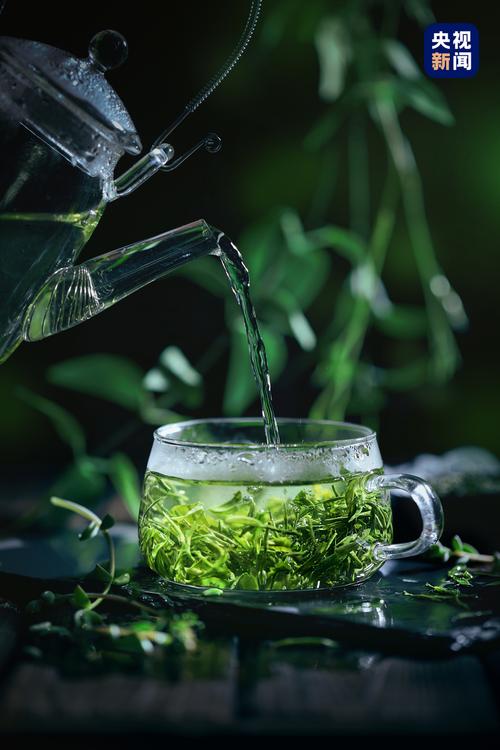White Hair Silver Needle Origin: Fuding and Zhenghe cities, Fujian Province, China
Quality Characteristics: The dry tea consists of a single bud with a plump bud tip, covered in downy hairs, white like silver, and lustrous.
Tea Colour: Light in colour, ranging from apricot yellow to pale yellow, clear and translucent.
Taste: Fresh and crisp, with a rich and mellow flavour.
Leaf base: The leaf base of fresh tea is uniformly yellow-green, while that of aged tea has a slightly reddish-brown hue.
Overview of Bai Hao Yin Zhen
Bai Hao Yin Zhen, commonly abbreviated as Yin Zhen, is also known as Bai Hao. Named for its needle-like shape and silver-white colour, it is renowned as the ‘beauty of teas’ and the ‘tea king.’ The harvesting of Bai Hao Yin Zhen is extremely meticulous, with strict guidelines: no picking on rainy days, no picking when dew has not dried, no picking of slender buds, no picking of purple buds, no picking of wind-damaged buds, no picking of buds with human-caused damage, no picking of insect-damaged buds, no picking of open buds, no picking of hollow buds, and no picking of diseased buds—collectively known as the ‘Ten No-Picks.’ Only plump single buds are picked. If new shoots with one bud and one leaf or two leaves are picked, only the bud tip is taken, commonly referred to as ‘picking the needle.’ The processing of Bai Hao Yin Zhen is unique, with a simple工艺 that involves no stir-frying or rolling, only two steps: withering and baking, allowing the tea buds to undergo natural and slow transformation.
The taste experience of Bai Hao Yin Zhen
The shape, colour, texture, and charm of Bai Hao Yin Zhen are unparalleled among famous teas, making it a rare treasure. When sipped, it is refreshing and crisp, with a rich flavour and a delicate aroma.
Identifying Bai Hao Yin Zhen
The quality of Bai Hao Yin Zhen is determined by the thickness and brightness of the silver tips, with thicker and brighter tips being superior, and thinner, shorter tips with a greyish colour being inferior. After brewing, Bai Hao Yin Zhen slowly sinks but remains upright in the water, intertwining in an impressive display, often likened to an ‘upright heart.’ Overall, Bai Hao Yin Zhen has a relatively mild taste but is more durable than ordinary green tea. However, there is a significant difference between new and aged Bai Hao Yin Zhen. Fresh Bai Hao Yin Zhen has a green dry tea, a light tea liquor, a delicate aroma, a smooth and refreshing taste with a slight bitterness, and yellow-green leaves. Aged Bai Hao Yin Zhen has a dark dry tea, a slightly sweet aroma when dry, a rich and smooth taste with little bitterness, a honey-like fragrance, and reddish-brown leaves.
The Benefits of Bai Hao Yin Zhen
Bai Hao Yin Zhen is a premium white tea renowned for its plump buds covered in silver-white downy hairs, earning it the name ‘silver needle.’ It is rich in tea polyphenols, amino acids, and active enzymes, offering benefits such as antioxidant properties, detoxification, and mental clarity. Regular moderate consumption can help regulate metabolism and boost immunity.
Antioxidant and Anti-Ageing
The polyphenols and catechins in Bai Hao Yin Zhen can neutralise free radicals, slow down cellular oxidative damage, and help delay skin ageing and improve skin tone. Modern research also indicates that its antioxidant activity is particularly prominent among the six major tea categories.
Clearing Heat and Detoxifying
With a cool and slightly cold nature, it is suitable for consumption during summer or by those with a hot constitution, helping to alleviate symptoms such as dry mouth, throat swelling, and pain. Traditional Chinese medicine believes it can ‘clear heat and expel pathogens,’ aiding in regulating internal damp-heat.
Enhancing Mental Alertness
It contains higher levels of caffeine and theanine, which can stimulate the central nervous system to enhance alertness while also alleviating tension through amino acids, achieving a ‘awake but not overstimulated’ effect, making it suitable for intellectual workers.
Protecting Teeth and Improving Vision 4.
The fluoride in tea leaves can enhance the acid resistance of tooth enamel, while polyphenolic compounds can inhibit the growth of oral bacteria. Additionally, provitamin A (carotene) is beneficial for vision protection.
Regulate metabolism 5.
Active enzyme components can promote fat breakdown and assist in blood sugar control, making it suitable as a daily health beverage for those with high blood pressure, high blood sugar, or high cholesterol; the natural substances retained through low-fermentation processing also help maintain intestinal flora balance.
The Legend of Bai Hao Silver Needle
Legend has it that long ago, during a year of prolonged drought in the Zhenghe area, epidemics broke out, resulting in countless illnesses and deaths. On the mist-shrouded Donggong Mountain, there was a dragon well, beside which grew several sacred herbs whose juice could cure all illnesses. Many brave young men set out to find these herbs, but none returned.
There was a family with three siblings: the eldest brother was named Zhigang, the second brother was named Zhicheng, and the youngest sister was named Zhiyu. The three agreed to take turns searching for the magical herbs. The eldest brother, Zhigang, set off and after thirty-six days, he finally reached the foot of Donggong Mountain. At that moment, an old man with white hair and a silver beard emerged from the side of the road and told him that the magical herbs were by the Dragon Well on the mountain. However, when ascending the mountain, no matter how difficult it became, he must only look forward and never look back, or else he would not be able to obtain the magical herbs. Zhi Gang climbed all the way to the halfway point of the mountain, where he saw a chaotic landscape of rocks, dark and foreboding. Suddenly, he heard a loud shout: ‘Dare you go any further!’ Zhi Gang was startled and turned around, only to instantly turn into a new rock on the chaotic rock outcrop.
The second brother, Zhi Cheng, noticed that the mandarin duck sword his elder brother had entrusted to him before leaving had rusted, realising that his elder brother was no longer among the living. So Zhi Cheng took out the iron arrowhead and said to his younger sister, ‘I’m going to pick the divine herb. If you find the arrowhead rusted, you must continue the search.’ Zhi Cheng walked for exactly forty-nine days, arriving at the foot of Donggong Mountain, where he encountered the same white-haired old man. The old man warned him again not to look back while ascending the mountain. When he reached the rocky ridge, he suddenly heard Zhi Gang shout from behind, “Zhi Cheng, Come save me!” He turned around abruptly and turned into a giant rock.
Zhi Yu discovered the rusted arrowhead at home and realised the task of finding the magical herb now fell on her shoulders. When she arrived at Donggong Mountain, she encountered the same white-haired old man, who repeated the same warning and gave her a piece of roasted glutinous rice cake. Zhi Yu thanked him, then continued forward with her bow and arrows. Upon reaching the rocky ridge, strange sounds echoed around her, She quickly stuffed the rice cake into her ears, refusing to look back, and finally climbed to the summit, reaching the Dragon Well. She drew her bow and arrow, killed the black dragon, picked the buds and leaves of the magical herb, and watered it with well water. The herb immediately bloomed and bore fruit, and Zhiyu collected the seeds and descended the mountain. As she passed through the rocky ridge, she followed the old man’s instructions and dripped the juice from the sacred plant’s buds and leaves onto each rock. The rocks immediately turned into people, and Zhi Gang and Zhi Cheng were also revived. The three siblings returned home and planted the seeds across the hillside. This is the origin of Bai Hao Yin Zhen tea.




